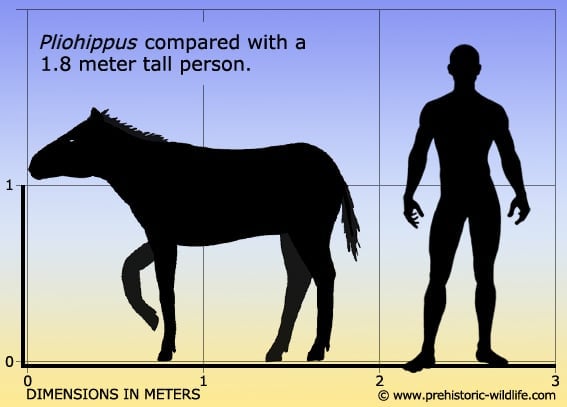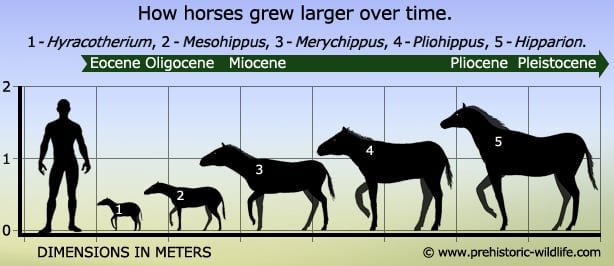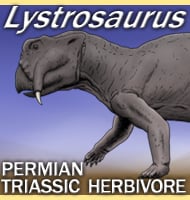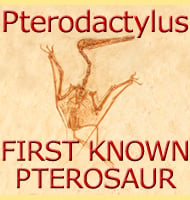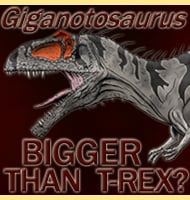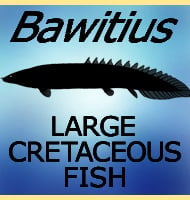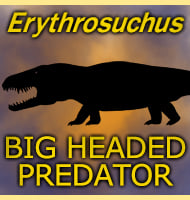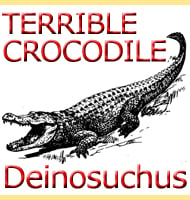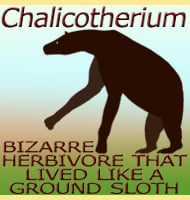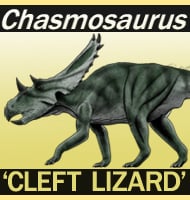In Depth
In the on-going evolution of horses Pliohippus represents the next stage after forms like Merychippus. The most noted feature of Pliohippus is that it has even more developed hoof feet supported by the middle toe, with the two side toes being reduced so much that in life they would have been barely visible if at all. It is still under debate however as to how close Pliohippus was to modern horses that come under the Equus genus. Pliohippus was certainly ancestral but first may have given rise to other forms such as Astrohippus or Dinohippus which are turn are thought to be more closely related to modern forms due to their even greater similarity.
The key features that differentiate Pliohippus from modern forms are the presence of two pits in the skull that are in front of the eyes, a feature unknown in modern forms. Explanations for these pits have included space to accommodate larger face muscles to even resonating chambers that allowed Pliohippus to adjust the sounds of its calls. Despite these theories however, the function of these pits remains largely unknown.
Pliohippus is often credited with meaning ‘Pliocene horse’ because it was once thought to live during the Pliocene (the boundary between the Miocene and Pliocene has been re-established since Pliohippus was named), however the ‘Plio’ part actually translates as ‘more’. However in this frame of reference Pliohippus can still mean ‘more like a horse than other (earlier) prehistoric horses’.
Further Reading
– Notice of new equine mammals from the Tertiary formation. – American Journal of Science 7(39):247-258. – O. C. Marsh – 1874. – Equidae from the Pliocene of Texas. University of California Publications. – Bulletin of the Department of Geological Sciences 19(17):349-396. – W. D. Matthew & R. A. Stirton – 1930. – On the Equid genus Dinohippus Quinn 1955 and Pliohippus Marsh 1874. – Bolletino della Societa Paleontologica Italiana 27(1):61-72. – A. Azzaroli – 1988. – The evolution of Oligocene horses. In D. R. Prothero and R. M. Schoch (eds.) – The Evolution of Perissodactyls 142-175. – D. R. Prothero & N. Shubin – 1989.
